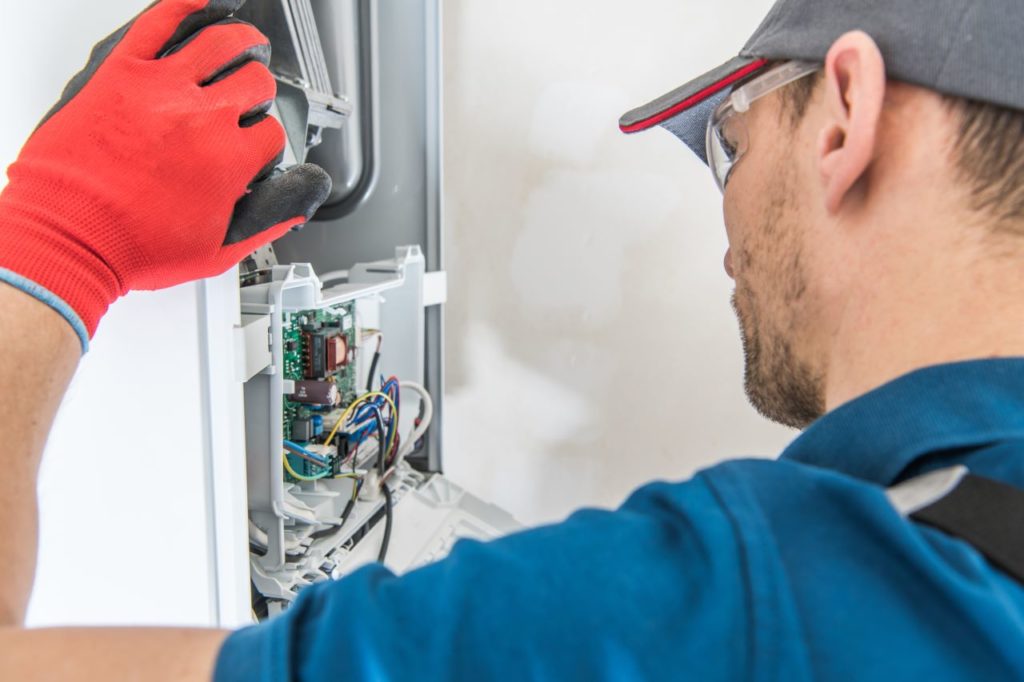Furnace Chillers
What Makes a Good Furnace Chiller
But have you ever wondered how a furnace chiller works or why it’s necessary?
What Is a Furnace Chiller?
The objective of furnace chillers, either industrial or furnace-based, is to convey heat from one site and cool it in another. Furnace chillers route fresh water through the piece of machinery they’re aiming to cool.
In furnace chillers, the pumping mechanism processes the water or glycol solution and sends it to a hydraulic pump to cool the target area. Furnace chillers chill a wide range of items, not simply HVAC devices.
Chillers cool items, machinery, liquid chillers, injection molding, food and beverage machines, and a variety of other applications.
How Does a Furnace Chiller Work?
An evaporator, a turbine, a condenser and an expansion unit are the four crucial parts of a furnace chiller. A refrigerant is a working fluid that is used in the refrigeration cycle of air conditioning systems and heat pumps, and it is found in every furnace chiller.
The operation begins when a low-pressure coolant makes contact with the evaporator. The refrigerant overheats inside the evaporator, allowing it to change state from liquid to gas. The compressor compresses the gaseous refrigerant, raising its pressure.
The high-pressure coolant is sent to the condenser, which also opposes heat by compacting it into a high-pressure fluid using chilled water from a refrigeration system or ambient air. The condensed refrigerant is then sent to the expansion unit, which features a metering valve.
The Difference Between Traditional Chillers and Furnace Chillers
In terms of construction and optimization, there are differences between traditional cooling towers and furnace chillers. Below we’ll discuss some of the differences.
- Circuitry for Water and Refrigeration
A process chiller is a thermal device that removes heat generated by a given process. The majority of process chillers use mechanical refrigeration to remove heat from a process and have their refrigeration pass through liquid circuits.
In the event that a component fails, this separation is critical. If one of the circuits breaks, the system can still function at half capacity.
In contrast, a conventional HVAC system consists of a single integrated cooling unit with components that cannot work independently of one another, so if one component breaks, the whole system cannot function.
- Variations in Seasonal Usage
Because air cooling is not necessary for winter weather, the air conditioning portion of an HVAC system becomes superfluous. Furnace chiller systems though are completely functional rain or shine.
- Integration of Components
Industrial process chillers often include pumps, water tanks and temperature regulation controls. The majority of HVAC systems are missing these crucial add-on elements. Additional elements in a HVAC system may bring up the total cost.
Which Furnace Chiller Is Right for You?
Furnace chillers range in all sizes and are suitable for all locations. Small, localized, or transportable chiller units are available for those who may have a smaller space. However, there are also large central furnace chillers for those who have the need for it.
There are a wide range of options to fit any furnace chiller need you may have. Contact KKT Chillers today for more information in furnace chillers.
